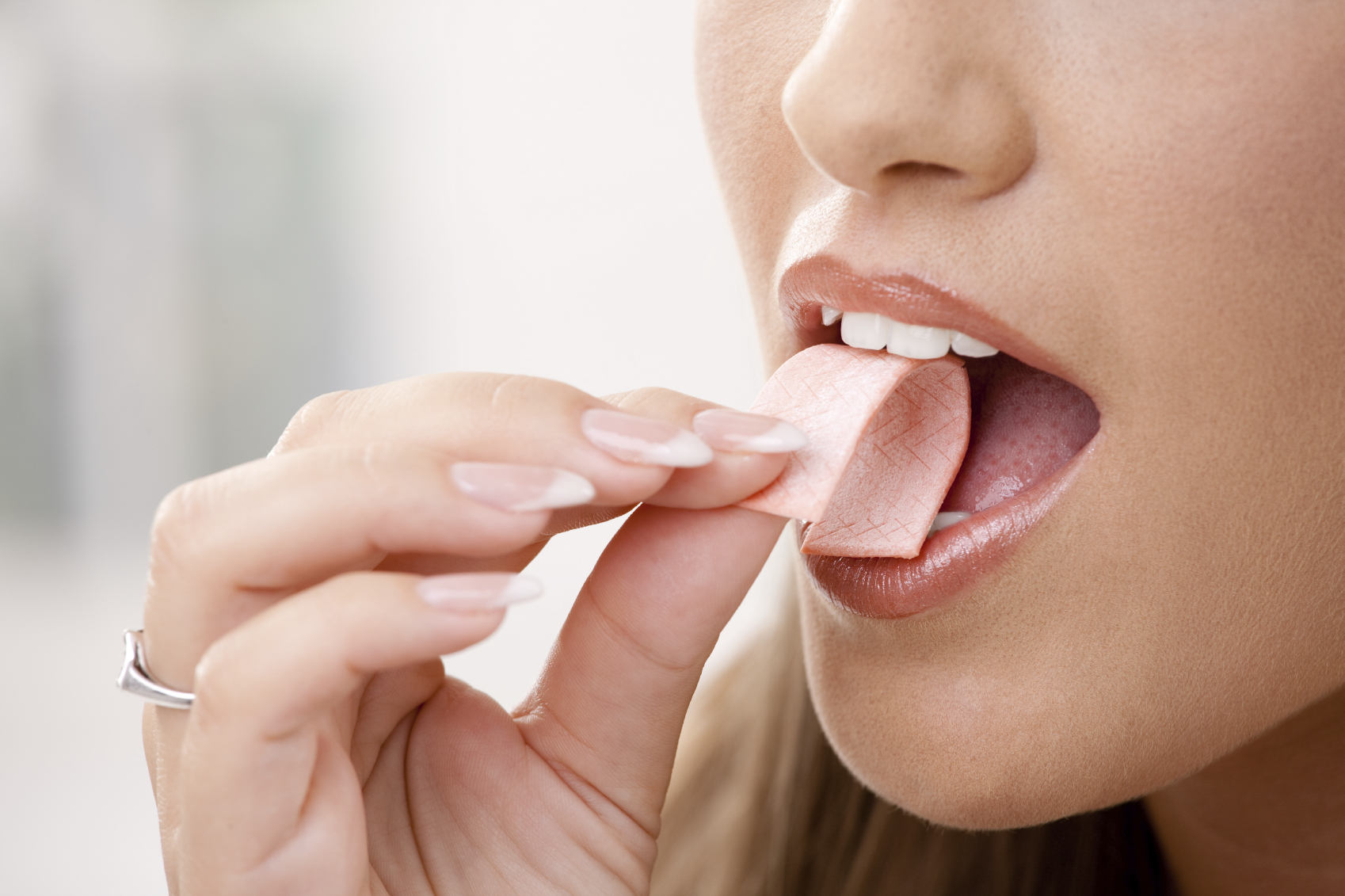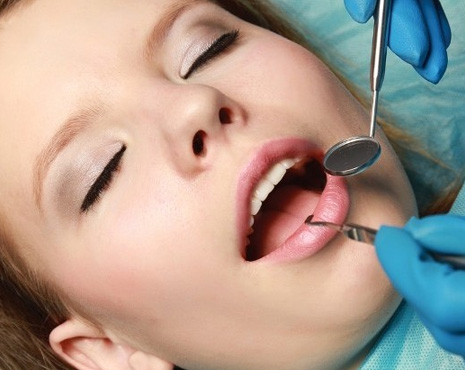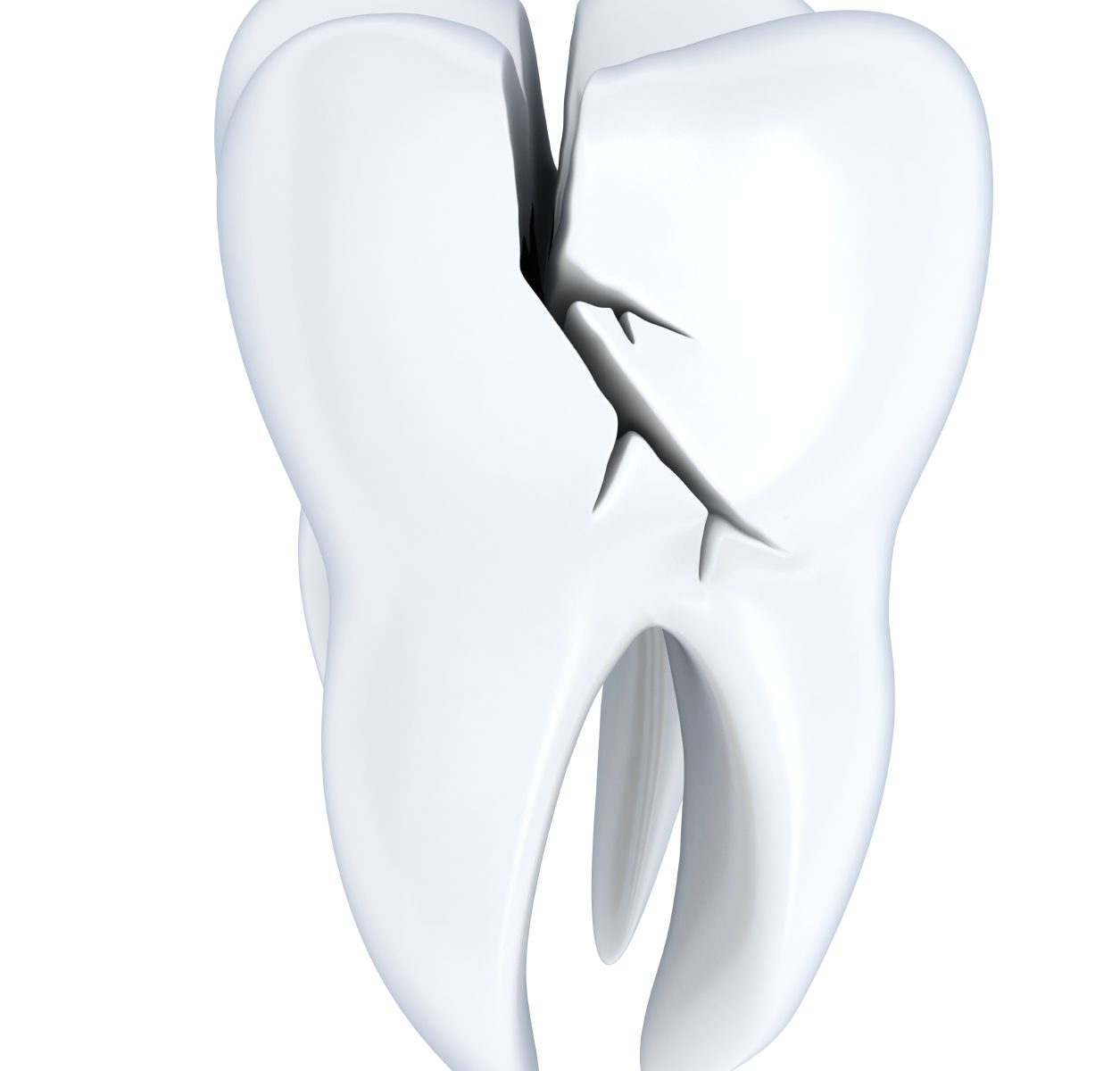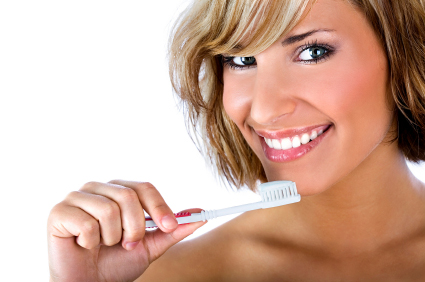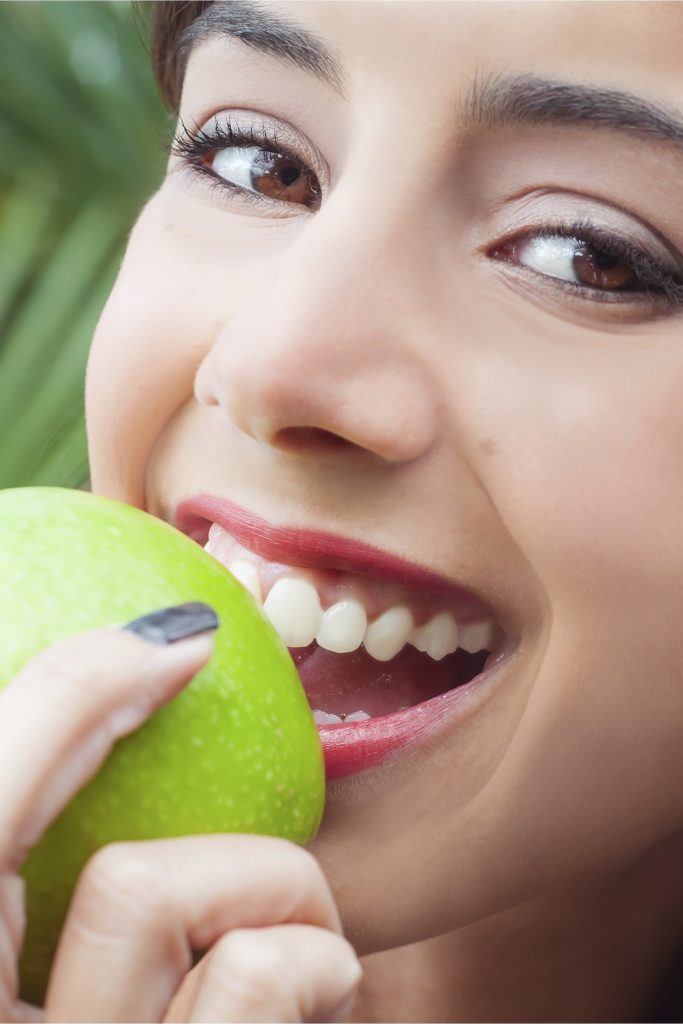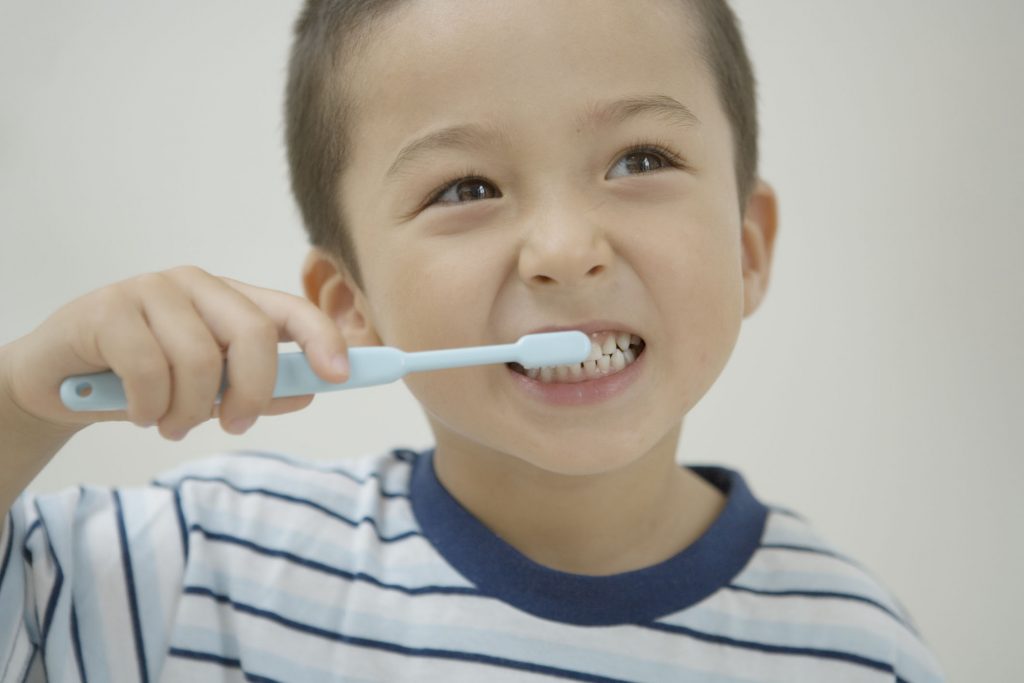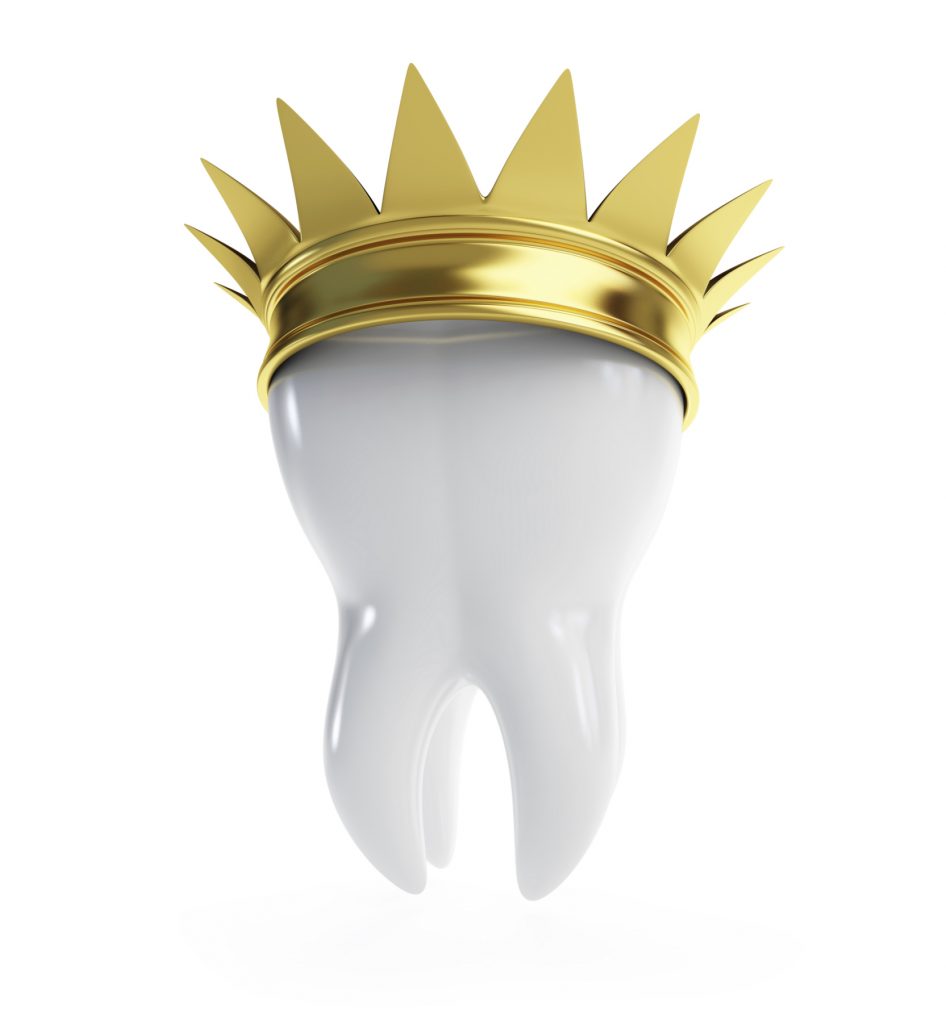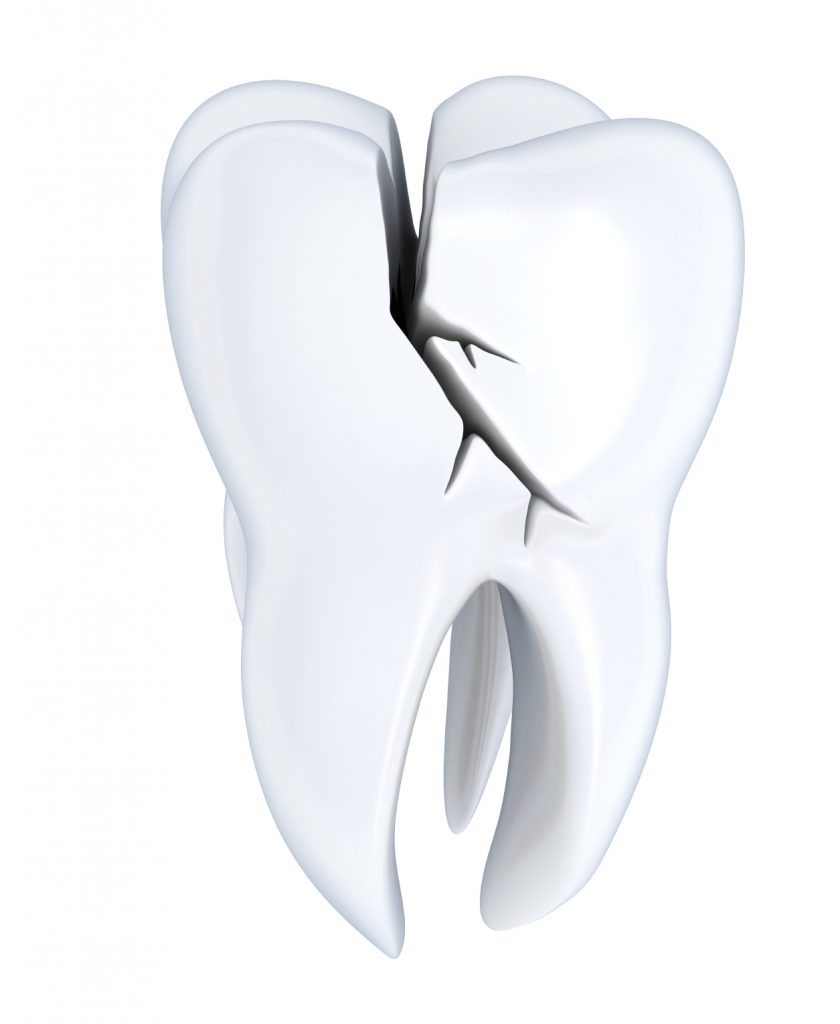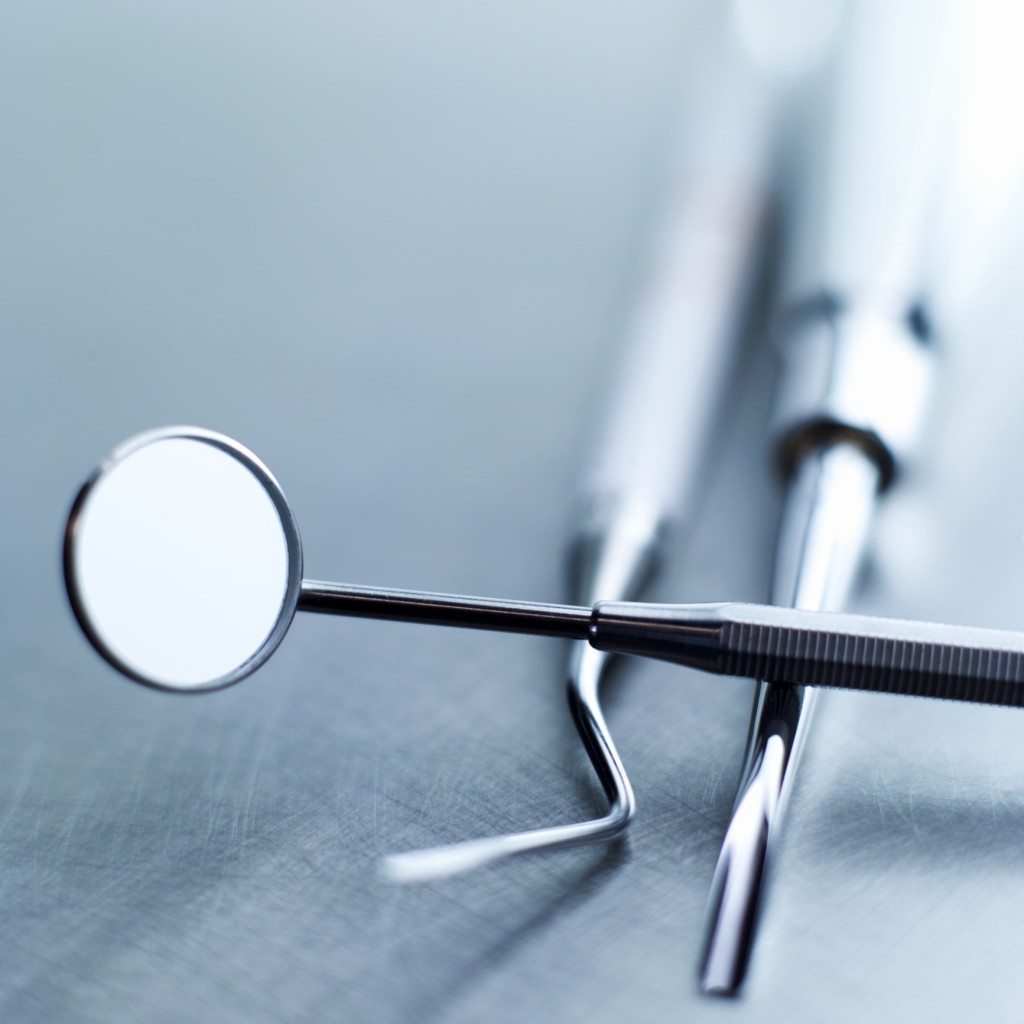Dry mouth is a condition in which one’s salivary glands produce an insufficient amount of saliva to keep your mouth wet. Dry mouth can be caused by a natural inability for your glands to produce sufficient saliva, medication, aging issues or as a result of radiation therapy.
Saliva is important because it naturally prevents tooth decay by neutralizing acids, limits bacterial growth and washing away food particles throughout the day. It also makes the consumption of food easier as enzymes in the saliva aid in the breakdown of food. While dry mouth is an inconvenience, it can also have a notable impact on your general and oral health.
If you are unsure if what you are experiencing are dry mouth, here are some some common symptoms:
– Dryness or sticky mouth feel
– Bad breath
– Dry or grooved tongue
– Difficulty chewing, speaking and swallowing
The complications that can result from dry mouth are:
– Increased plaque
– Mouth sores
– Tooth decay
– Gum disease
– Sores or split skin around the mouth
Due to the variety of causes for dry mouth, it’s important to discuss any concerns you may have with your doctor. Your dentist however may be a good resource for suggestions about how to protect your teeth.
Some suggestions may include a fluoride tray or rinse to prevent cavities. There are also prescription or over-the-counter artificial saliva or moisturizers to lubricate your mouth. These can be effective means of alleviating discomfort in addition to suggestions made by your physician.
A few at home remedies you might try include:
– Sip water or chew ice chips during the day and during meals
– Chew sugar-free gum
– Over-the-counter saliva substitutes
– Breathe through your nose
– Utilize a humidifier
There are however, habits ways we can exacerbate dry mouth such as:
– Consumption of caffeine and alcohol
– The use of tobacco, antihistamines, and decongestants
– Consumption of sugary, acidic, spicy or salty foods
If you are curious about whether or not these symptoms apply to you, or have dry mouth and would like suggestions from a dental professional, call today at 702-735-2755 or visit us online at www.patricksimonedds.com today.
Dr. Patrick Simone proudly serves patients from Henderson and all surrounding areas.

